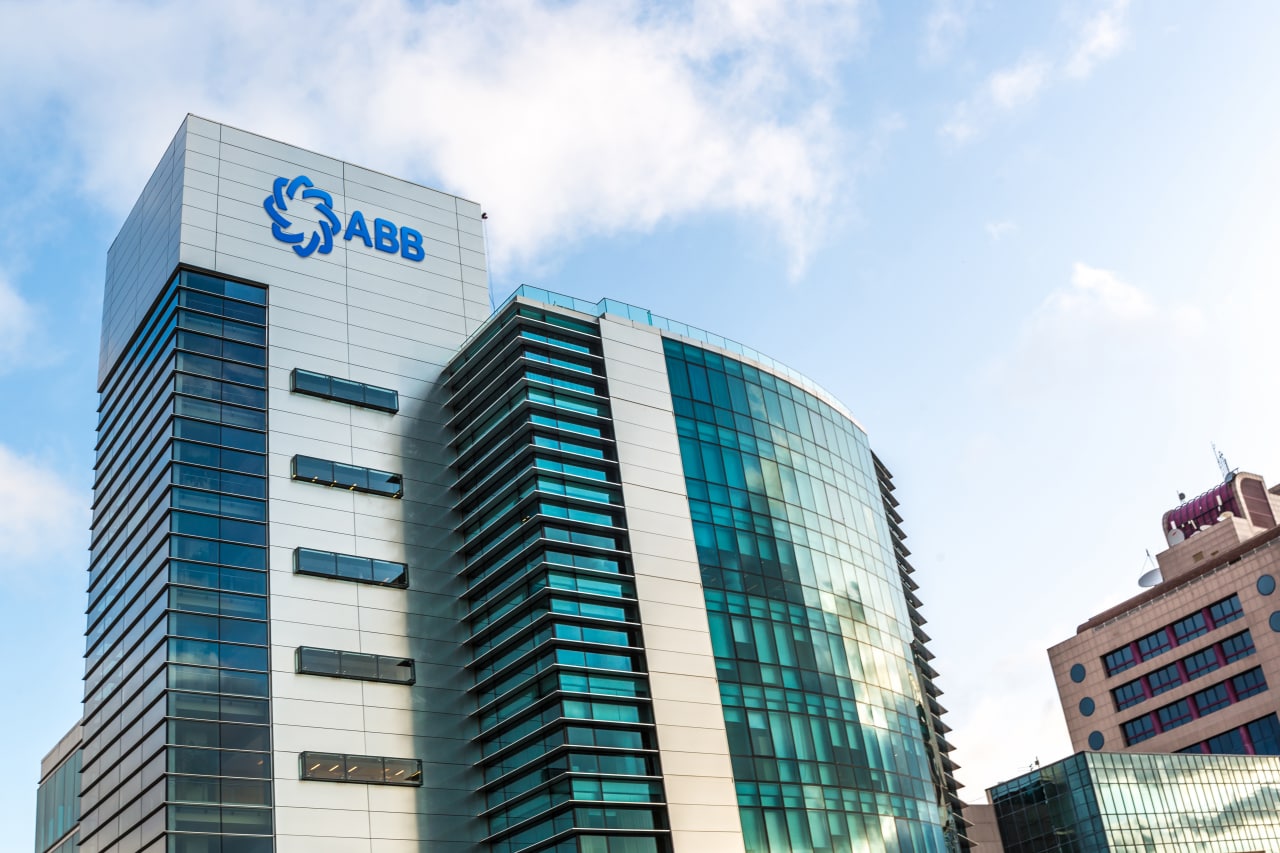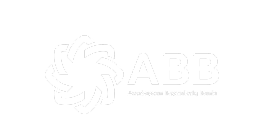
Region:Europe
Client:DEFRA
Industry:Public Sector
Robots creating happy faces at Defra

Client Overview
Defra is a United Kingdom (UK) ministerial department, supported by 33 agencies and public bodies. It’s responsible for safeguarding the country’s natural environment, supporting its world-leading food and farming industry, and sustaining a thriving rural economy. Its broad remit means it plays a major role in people’s day-to-day lives, from the food they eat, and the air they breathe, to the water they drink.
Defra is embracing automation across its entire group of organizations. In doing so, it’s driving change and creating happier employees who are getting time back to focus on more rewarding work.
After the climate strikes of 2019, activist Greta Thunberg said, “Change is coming, whether you like it or not.” She was pointing to the fact that hundreds of thousands of people across the world had marched to demand action.
As they did so, staff at the Defra Group of organizations continued their work to care for the UK’s natural resources and ecosystems. Within those teams, another change was taking place. One that would help revolutionize the way they operate and deliver services: the introduction of software robots.
The story starts in 2017. Dave More, now Service Owner, Digital Robotic Automation Centre of Excellence (CoE) at Defra, was working for the Environment Agency (EA) at the time; EA is an executive non-departmental public body, sponsored by Defra. More was in a customer-facing service that determined whether environmental permits and licenses should be granted for individuals and businesses wishing to discharge wastewater, abstract water, manage waste or undertake large industrial activities.
“It’s incredibly important work. If something goes wrong, it can lead to ecological disaster,” More says. “Just consider the Bhopal disaster at a chemical plant in India in 1984. People are still affected today, illustrating that regulation is in everyone’s interests.”
To mitigate against these risks, the Environment Agency has a National Licencing & Permitting Service supported by Environment Officers on the ground in local communities to keep on top of inspections. Yet, as with many large services and organizations that have evolved over the years, it operates on a mix of modern and aging legacy technology. In some cases, the older software is not fit for purpose.
“We had a mix of old and new software,” recalls More. “The old often forced staff to work in a way they didn’t want. This can lead to necessary, yet unrewarding, stressful and inefficient activity.”
A turning point
One day something changed. “The Environment Agency’s innovation team got in contact as they’d been tracking a technology solution they thought might be of interest. They called it robotic process automation—RPA. They knew what it could achieve, but not necessarily how it could be used best or what problems it could solve,” More says slightly quizzically.
They’d got a piece of technology that could, in theory, support a member of staff to undertake repetitive and manual digital tasks at high speed,” explains More. “The issue was that they weren’t close enough to the operations of the Environment Agency to know where exactly it could help.”
The Environment Agency’s innovation team got in contact as they’d been tracking a technology solution they thought might be of interest. They called it Robotic Process Automation—RPA. They’d got a piece of technology that could, in theory, support a member of staff to undertake repetitive and manual digital tasks at high speed.
Dave More • Service Owner, Digital Robotic Automation CoE
Dave saw an opportunity. “I set up a meeting with a number of our national once services teams: our contact center, our licensing and permitting service, and our lab service,” he says. “The thinking was that these teams would have a good understanding of their business, costs, and the challenges they and their staff faced.”
This was the first time More stepped into an RPA leadership role. “We undertook a highly successful proof-of-concept in a live environment. That led to a much larger investment to give staff in our National Licencing & Permitting Service a software robot assistant to help them administratively issue permits and licenses—approximately 14 to 16 thousand each year."
This involves an individual or business making an application for an environmental permit or license. The National Licencing & Permitting Service makes a technical expert decision as to whether the permit or license should be issued or rejected. Once that decision is made, there is still a significant administrative burden to get that decision out to the applicant and to update internal and external consultees, and various IT systems. “We automated the vast majority of it,” More quips.
An example is the issuance of a water abstraction license. When done manually, the non-decision-making, administrative process commonly takes 65 minutes per transaction. A person with a software robot could do the same process in six minutes and 54 seconds. “We’d instantly found a way to give about an hour back to members of staff.” Given the team completed up to 14 to 16 thousand of these each year, that’s a significant amount of time freed for staff to concentrate on more valuable work.
With the scene set and the robot proving its worth, 2019 brought a further three robot services. These now deal with environmental waste, water quality, and installations permits and were flawlessly implemented. “They freed staff from awful, difficult tasks that brought little user satisfaction,” says More. “The business was happy; staff were happy.”
We’d instantly found a way to give about an hour back to members of staff. They (robots) freed staff from awful, difficult tasks that brought little user satisfaction. The business was happy; staff were happy.
Dave More • Service Owner, Digital Robotic Automation CoE
When asked how he ensured staff were brought on the RPA journey, More says it was easy. Rather than relying on seminars, training, or naming ceremonies, he kept it simple. “All the robots are attended and user-triggered. In addition, the teams using them were involved from the outset so they’re the ones spotting the opportunity. They were part of the requirements gathering, part of build and test. Nothing was foisted upon them. I only cared about delivering a productivity gain for them and the service and putting a few extra smiles on faces.”
Reflecting on the first four robot services, More says, “We really put RPA to the test. We were able to make it work with extremely old legacy IT. I knew if we could do this, we could do most things, and we could go further across the Defra Group.” This was an important moment and led to the Defra Digital Data and Technology Services function (DDTS) approving and investing in the creation of the Digital Robotic Automation CoE that More now heads. “Before I set this service up, I needed to have confidence in the offering. I could now look in the eye of colleagues across the Defra Group and say we had delivered automation using some of the oldest legacy systems. Having done so, I could guarantee we could help them.”
The new Digital Robotic Automation CoE is based on 11 service design principles. For example, it aims to work with Defra Group business teams as partners and colleagues, not in a customer and supplier fashion. It also offers a low-risk delivery methodology that deploys robots in a high-supervision mode and enables live proving and improvement. This replaces traditional user acceptance testing (UAT) where defects are normally identified.
The high-supervision mode makes the robot ask a human for approval as it undertakes a task. For example, if it’s collated the right emails, or if it’s about to enter the right data. In this way, any issues can be ironed out in a live setting, but with low levels of risk.
“We deploy robots in the high-supervision mode because we think of robots, like people, as new starters in the team,” says More. “New starters need to ask for help or check before they press submit. We allow the robots to do the same. We also recognize that it’s not possible to get 100 percent of the process knowledge out of subject matter experts doing their processes, it’s often something they just can’t verbalize. Therefore, we need to deploy new robots carefully and supervise them as they get going so we can add any missing steps.”
In this way, the CoE builds breakpoints into the robot when in high-supervision mode. This enables users to get their robot up and running quickly and safely before beginning to use it while having the opportunity to tease out more detail about the process. More says, “We can safely move through the breakpoints, hitting the user success criteria before moving the robot to low- or no-supervision mode.”
We really put RPA to the test. We were able to make it work with extremely old legacy IT. I knew if we could do this, we could do most things, and we could go further across the Defra Group.
Dave More • Service Owner, Digital Robotic Automation CoE
Principles and procedure
“Our principles guide the team in everything we do,” says More. “Our partners and colleagues in the Defra Group can come to us with an idea and we can work with them through discovery, build and provide live service support. We can provide expert service and do it much cheaper than a third party. As far as I’m aware, our deployment method of high-supervision mode instead of UAT is unique. It allows us to prove the software works in a live setting.”
The CoE follows a four-stage procedure. It starts by encouraging RPA ideas from the operational teams across the Defra Group. It then leads to a proposal whereby the complexity of the process and the organizational setting of that process are assessed. The CoE considers factors such as whether it’s a highly complex process requiring significant standardizing, streamlining, and simplification. Or if it’s a simple process ripe for automation yet undertaken by hundreds of people across many fields across many area offices. “We’ve set up a safety net with our Defra Continuous Improvement Team where we can direct people for initial support before they come back into our service,” says More.
As part of this procedure, the CoE asks for a screen recording of the process in question. This gives the team early insight into the type of software and systems staff are working with. This allows the CoE to decide about the risks and rewards of automating the process. Stage two involves several virtual workshops to tease out the business process. At this point, they also design a “robot to be”. This includes all the necessary high-supervision breakpoints.
If the project progresses to stage three, the CoE will, for the first time, recharge its time costs incurred in stages one and two. This means that if a proposal is received that doesn’t go forward, costs are not incurred by the operational teams. “I didn’t want to scare people off,” says More. “I wanted good ideas and I wanted the cost fear out of people’s minds.” Stage four is build, deployment, and live proving.
Building trust
The teams More works with appreciate this approach. “In many cases, their previous experience of IT deployments is a waterfall process with little about business change. They can be expensive and not deliver what is really needed. That’s not an easy experience and means RPA can face a trust challenge.”
It’s different with More’s team. “People sometimes have an ‘oh my God moment’ when we get towards deployment. They realize that what we promised will actually happen. We’re sometimes taken aback at this—we never mislead people. However, they often come to us with low expectations given previous experience with new software that they’re told will change the world and never does. We blow their low expectations out of the water.”
The CoE now has several robot services up and running with the Rural Payments Agency, Environment Agency, and Animal Plant Health Agency. “With our next automation, we are hoping to provide a productivity gain equivalent to more than 20 full-time employees. It’s exciting for all involved.”
Change is certainly happening across the Defra Group. Moreover, it’s having an overwhelmingly positive impact. “We see happy, smiley faces,” says More knowingly. “That’s what we want and that’s what we’re getting.”
With our next automation we are hoping to provide a productivity gain equivalent to more than 20 full-time employees.
Dave More • Service Owner, Digital Robotic Automation Centre of Excellence
Related case studies
Ready for your own case study?
Speak to our team of knowledgeable experts and learn how you can benefit from agentic automation.






